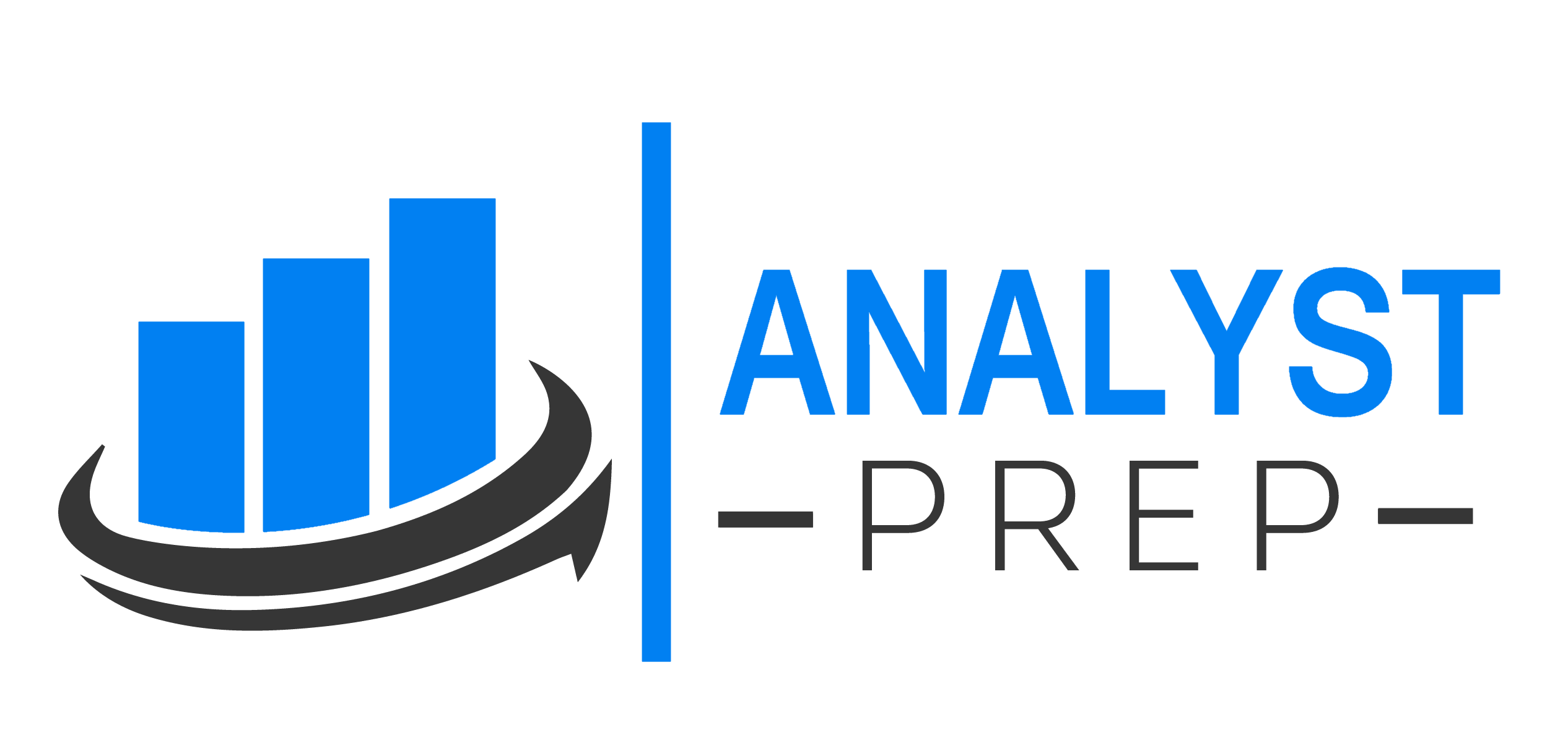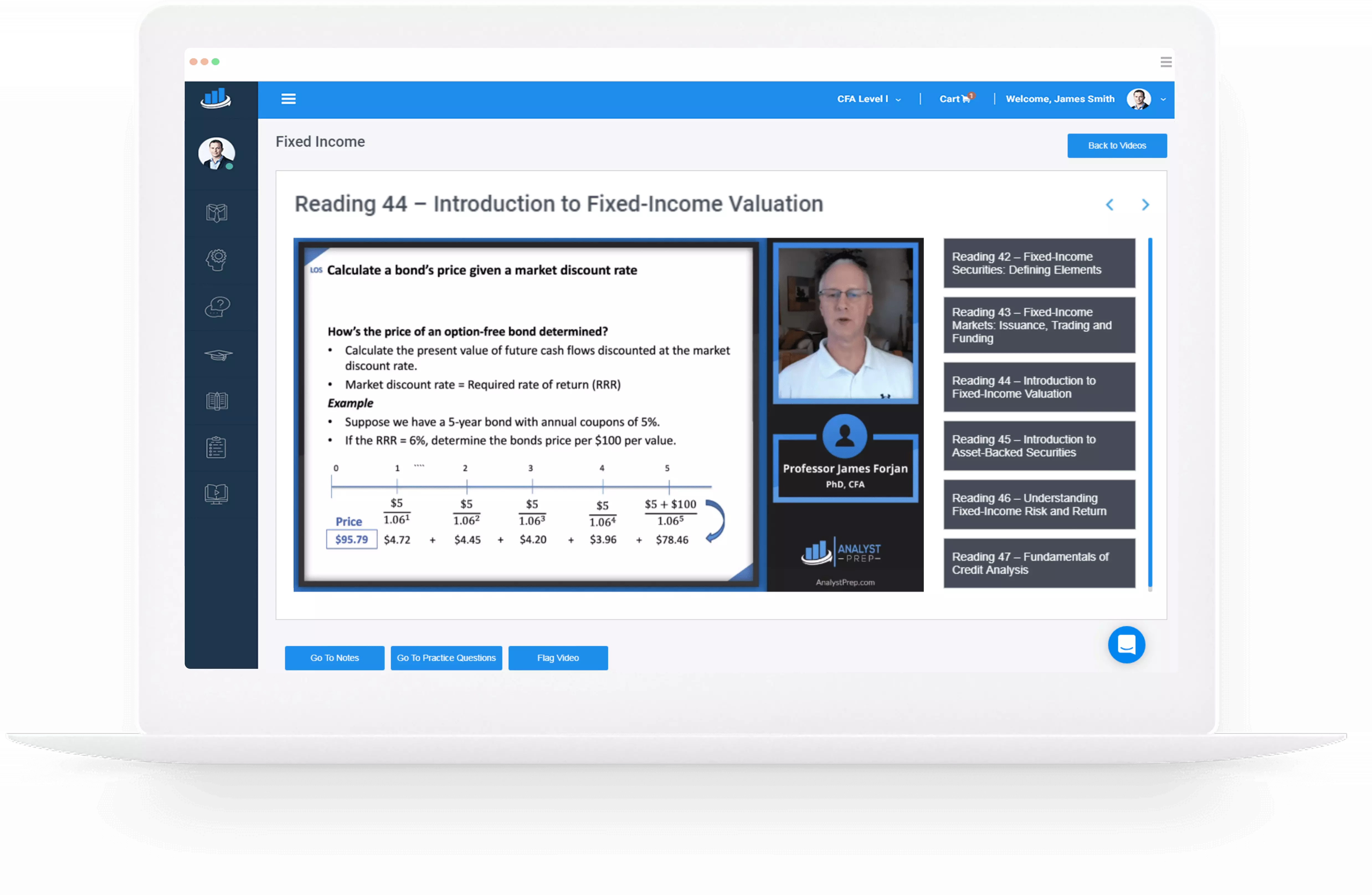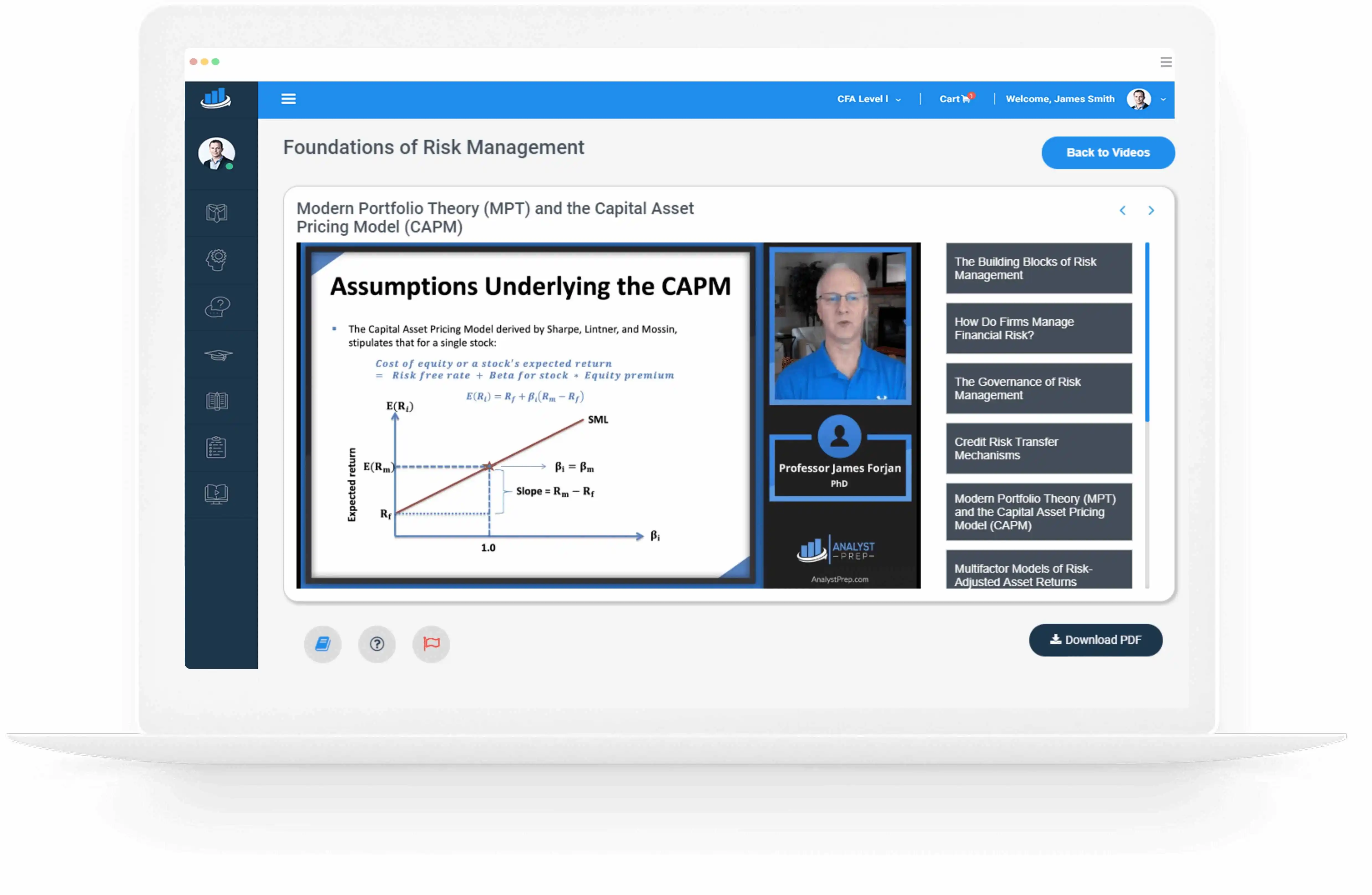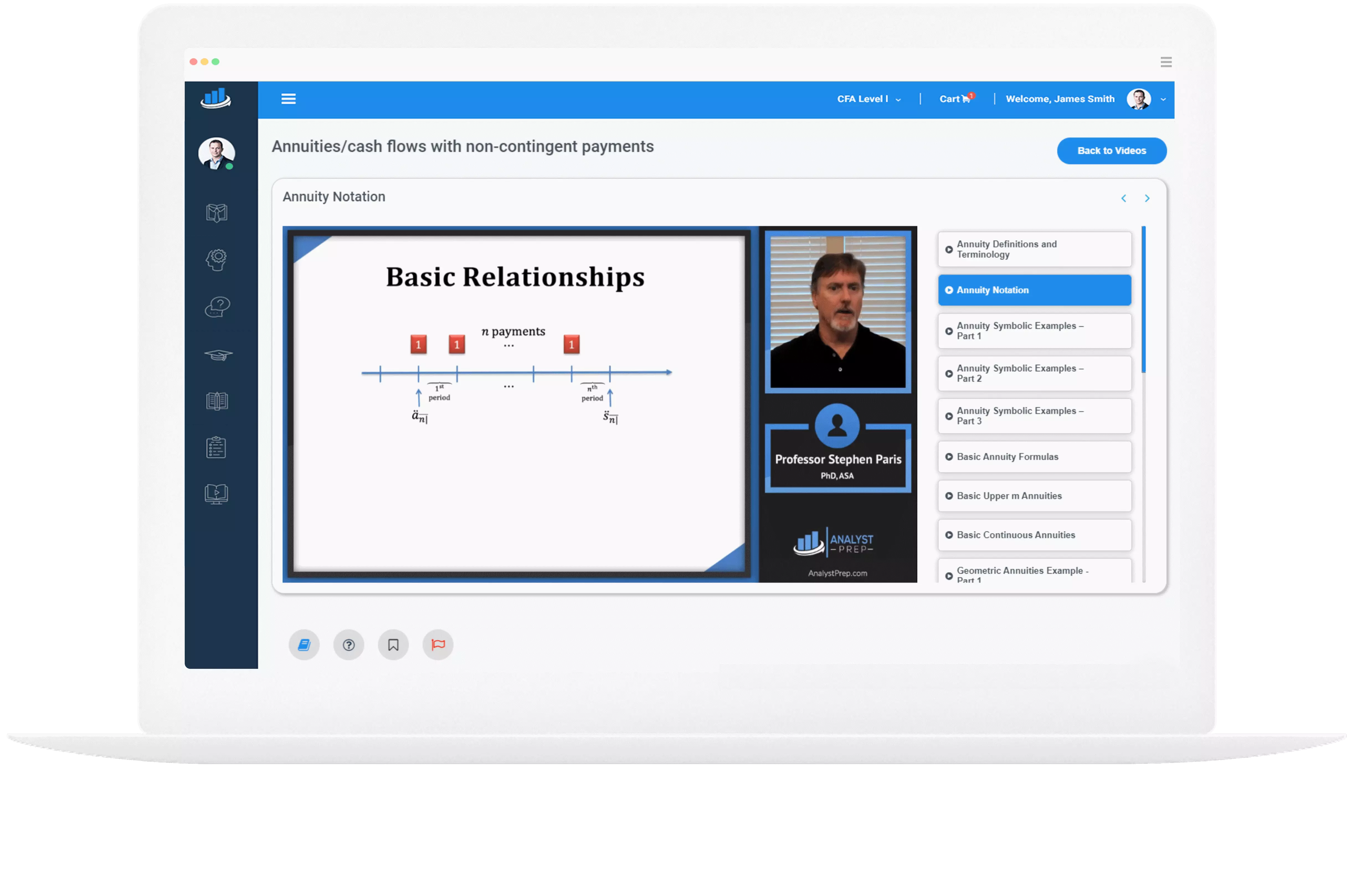Data Organization for Quantitative Analysis
Typically, raw data can be organized into the following two formats for quantitative analysis: One-dimensional array: A one-dimensional array is the simplest format for representing a single variable, such as the daily trading volume of the stock exchange. Two-dimensional rectangular…
Using Timelines in Modeling and Solving Time Value of Money Problems
A timeline is a physical illustration of the amounts and timing of cashflows associated with an investment project. For cashflows that are regular and of equal amounts, the standard annuity formula or the financial calculator can be used. However, for…
Present Values, Future Values, Annuities, and Series of Unequal Cashflows
Future Values The Future Value (FV) of a Single Sum of Cash Flow The Future Value (FV) of a single sum of money is the amount that money invested today at a given interest rate (r) for a specified period…
Operating Break-even Quantity of Sales
[vsw id=”UO4w5yNuWdw” source=”youtube” width=”611″ height=”344″ autoplay=”no”] The breakeven quantity of sales, or simply breakeven point, indicates the number of units of a company’s product that is produced and sold. At this point, a company’s net income becomes zero. Similarly, we…
DOL, DFL, and DTL
The Degree of Operating Leverage, Degree of Financial Leverage, and Degree of Total Leverage are three important ratios that help us to quantify a company’s exposure to operational risk, financial risk, and a combination of the two. Degree of…
Beta Estimation for Public Companies, thinly traded Companies, and Nonpublic Companies
Beta is an estimate of a company’s systematic or market-related risk. Estimating Beta for Public Companies For public companies, beta is estimated through ordinary least squares (OLS) regression of returns on a stock on the returns on the market. The…
Financial Leverage, Net Income, and ROE
[vsw id=”UO4w5yNuWdw” source=”youtube” width=”611″ height=”344″ autoplay=”no”] Financial leverage is the extent to which a company finances its operations using fixed-cost financial obligations such as debt and preferred equity. The more a company uses debt financing, the higher its financial leverage…
Target Capital Structure and WACC
[vsw id=”ZLrxAugcvo8″ source=”youtube” width=”611″ height=”344″ autoplay=”no”]The target capital structure of a company refers to the capital the company is striving to obtain. In other words, target capital structure describes the mix of debt, preferred stock, and common equity expected to…
Competing Stakeholder Interest in Capital Structure Decisions
[vsw id=”ZLrxAugcvo8″ source=”youtube” width=”611″ height=”344″ autoplay=”no”] Capital structure decisions impact stakeholder groups differently. Increased leverage increases the risk to all stakeholders but only results in a higher return for shareholders. Debt vs. Equity Conflict Debtholders have a contractual and prior…
Company’s Capital Structure over its Life Cycle
The maturity, capital intensity, market position strength, and the stability and nature of a company’s operation are all elements that influence its capital structure and ability to support debt. As a general rule, companies begin as capital consumers; that is,…




